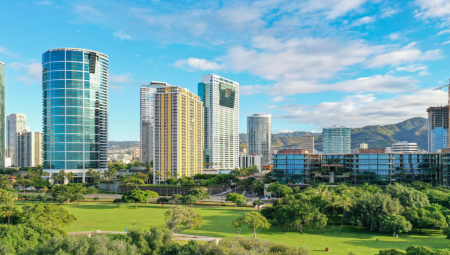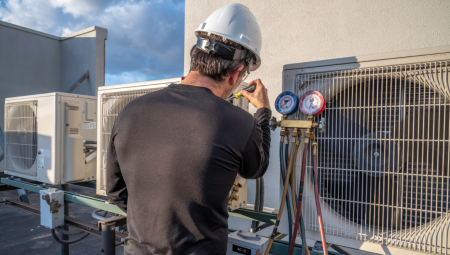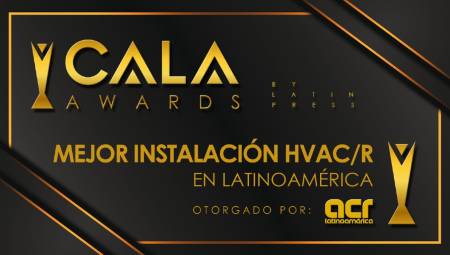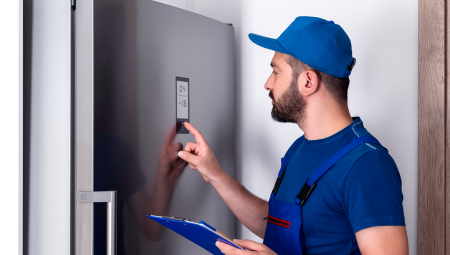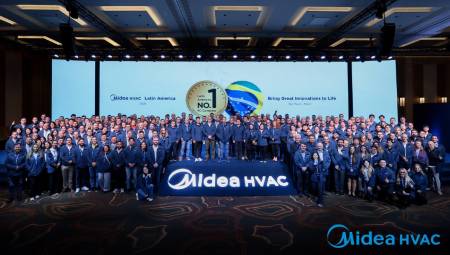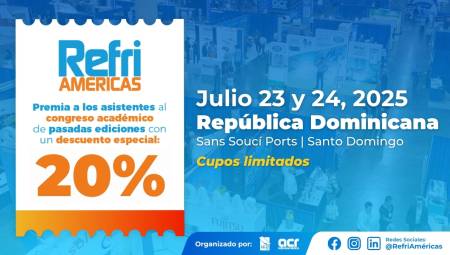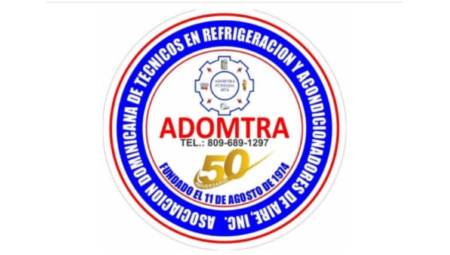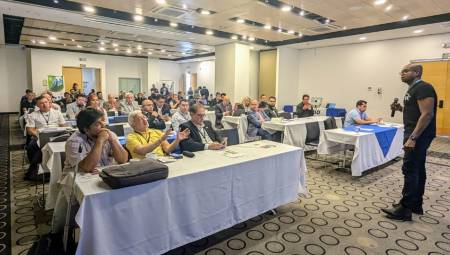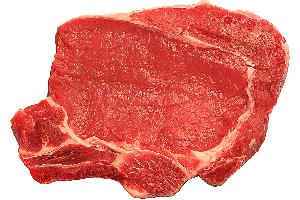 The author outlines valuable theoretical and technical concepts of how frozen products should be disposed of, handled and stored.
The author outlines valuable theoretical and technical concepts of how frozen products should be disposed of, handled and stored.By: Ernesto Sanguinetti R.
When a product must be preserved in its original fresh state for long periods, it is usually frozen and stored at -18ºC or less. Food products that are frozen commonly include not only those that are preserved in their fresh state, for example vegetables, fruits, fruit juice, meat, poultry, seafood and eggs (not in shell), but also many prepared foods such as breads, cakes, ice cream and a wide variety of prepared and pre-cooked food products, including full meals.
The factors that govern the final quality and storage life of any frozen product are:
to. The nature and composition of the product to be frozen.
b. The care that has been put into the selection, handling and preparation of the product, for freezing.
c. The method of freezing.
d. Storage conditions.
As in cooling, only high-quality products should be frozen, in good condition. With vegetables and fruits, selecting the right variety for freezing is very important. Some varieties are not suitable for freezing and will result in a product of low quality or with limited preservation qualities.
The vegetables and fruits to be frozen must be harvested at their maximum maturity, and processed and frozen as quickly as possible after harvest, in order to avoid undesirable chemical changes produced by enzymic and microbial action.
Both vegetables and fruits require good processing before freezing. After cleaning and washing to remove foreign materials such as leaves, dust, insects, juices, etc., from their surfaces. Some vegetables are scalded in hot water or steam at 100º C, to destroy natural enzymes.
We also know that enzymes are not destroyed by low temperatures, even when their activity is greatly reduced, it continues at a slow pace even in food stored at – 18º C and lower. Therefore, blanching, which destroys most enzymes, greatly increases the storage life of all frozen vegetables.
Most of the microbial population is destroyed along with enzymes during the scalding process however, there are many bacteria that survive. To avoid the deterioration that these bacteria can produce, vegetables should be cooled to 10º C immediately after blanching and before being packed for freezing.
Like vegetables, fruit should be cleaned and washed to remove foreign matter and reduce microbial contamination. Fruit is perhaps more subject to enzymic deterioration than vegetables, but it is never scalded to destroy natural enzymes, as this would also destroy the quality of natural freshness that is so desirable.
To control oxidation, the frozen fruit can be covered with a light sugar syrup. In some cases, ascorbic acid, citric acid or sulfur dioxide are also used for this object.
Meat products do not require pre-freezing processing, however, due to consumer demand, specially prepared meats and meat products are being frozen in increasing quantities. This is also happening with birds and seafood.
Due to the relative instability of their fat tissue, pork and fish are usually frozen as soon as possible after cooling.
In the case of poultry, experience indicates that chickens frozen 12 to 24 hours after slaughter are more tender than those that are frozen immediately but the delay of more than 24 hours, in freezing tends to reduce the storage life without appreciable increase in the softness of the meat.
Conservation by Freezing
The main mission of freezing in economic terms is to preserve the quality of raw materials and foodstuffs during long-term storage at low temperatures. Preservation by freezing is achieved by applying temperatures lower than the thermal zone in which the proliferation of microorganisms and the activity of most enzymes are possible, while the product is "dehydrated" by the gradual passage of water from the liquid state to the solid state (ice) The conservation capacity of the frozen product is much higher than that of the same product kept in refrigeration.
The figure below illustrates the differences in preservation capacity in chickens, fish and beef.
The freezing and storage as frozen of food causes certain quality losses in food, which depend above all on the nature of the product and the conditions under which the processes are carried out. In some cases, an optimal option of preservation by freezing is only achieved when it is associated with a previous heat treatment (e.g. the blanching of the vegetables we mentioned) or a chemical preparation (addition of sugar or syrup to the fruit), as well as accompanied by the use of appropriate packaging.
If all the requirements concerning the state of the raw material, the method of treatment, type of freezing, conditions of the deposit in the frozen environment and mode of thawing are adequately complied with; the foods thus preserved have ostensible advantages in terms of sensory characteristics and the preservation of important nutrients and vitamins over other preservation procedures.
Other considerations:
The optimum degree of ripeness of fruits intended to be preserved by freezing coincides, with a few exceptions, with that of maturity for consumption, since in the frozen state the ripening process is interrupted.
Vegetables intended to be preserved by freezing are usually harvested at an earlier stage of maturity than that chosen when other industrial treatment methods are to be practiced (one or two days earlier, for example, than those intended for sterilized preserves).
A great importance for the processing methods corresponds to the technical and organizational guarantee of an optimal harvest and a consistent delivery of the raw material to the refrigeration establishment, as well as the immediate treatment. When this is delayed, after a few hours the result is the decrease in the quality of most fruits and vegetables. Vitamin C losses during transport and a short store of the raw material are often greater than those due to the same processing process. It should be noted that cooling and freezing, perfectly applied, can only preserve the quality level of the raw material and never improve it as it was received. The freezing of animal raw materials is causally related to the dynamics of the changes that occur in the raw material after the slaughter of the animals.
In the first phase following the death of the animal, enzymatic processes cause small stresses on the muscles under aerobic conditions, which in the absence of caloric exchange with the environment can cause an increase in the temperature of the meat between 2 to 3oC.
When blood circulation is interrupted, the amount of free oxygen is less and less, and in tissue alterations the enzymatic processes are gradually imposed. The energy released in such processes, among other things, is used for muscle contraction. This phenomenon causes the rapid consumption of energy-rich substrate reserves with simultaneous generation of lactic acid and hydrogen ions.
The difference between fish meat and "red meat" is that it contains the former low amount of glycogen. The stiffness phase is preceded by a process of abundant mucus secretion on the surface of the fish.
The duration and intensity of the stiffness depend on the temperature. This process begins at 25oC about half an hour after death and lasts 3 hours. With lower temperatures, the approximate figures are as follows:
At 15ºC: 2 hours to 10 hours
At 10ºC: 4 hours to 30 hours
At 5ºC: 10 hours to 2 days approx.
About 0ºC 35 hours to 3 days
The duration of cadaveric stiffness is related to the quality that can be achieved in processed fish.
In birds, changes following slaughter are not as marked, and usually do not need any special maturation period prior to consumption. In addition to the physiological state of the muscles, other biological factors are important in terms of the suitability for freezing of animal raw materials.
In the meat of older animals (cattle and pigs) and in poultry, these are factors such as age, sex, zootechnical type and diet.
The suitability for freezing dependent on biological causes is particularly seen in marine animals (species, time of year, waters, depth and methods with which catches are practiced). There is limited capacity for freezing fatty fish species during their stockpiling stage, due to their high enzymatic activity.
The essential condition for obtaining good quality frozen products remains the availability of high quality raw materials.
Freezing process
In the figure that follows you can see the typical course of the food freezing process. This diagram varies according to the following factors: freezing method, size, shape, chemical composition and physical properties of the product, and type of packaging (or lack thereof). According to these factors, the freezing curve runs more or less steep or deviates up or down.
In each case, three stages can be determined, which correspond to the phases of the freezer process. In the first phase, which corresponds to section a to b, the refrigeration of the product to be frozen occurs from the initial temperature to the cryoscopic temperature tkr. Section b to c corresponds to freezing itself. In theory, this section would have to run horizontally. In reality, the concentration of cell juice increases with increasing the amount of frozen water, while constantly decreasing the cryoscopic point.
This generates a curve different from the horizontal one. At the point where the curve begins to fall sharply (point c) a new phase begins, which is the post-cooling of the frozen product. In this phase (stretch from c to d) the temperature of the frozen article decreases and reaches a magnitude that can be started in the technological process.
Here it should be emphasized that the division into the second phase (section b to c) and third phase (section c to d) is a very arbitrary division.
The mere determination of point c, which represents the end of the freezing process itself, is very difficult. It is considered that at a temperature of -4oC (in most foods) there is an approximate freezing of 73% of the total amount of water. As the freezing of the water continues to very low temperatures, both phases of the process, the freezing itself and the post-cooling, therefore run simultaneously within the stretch from c to d.




